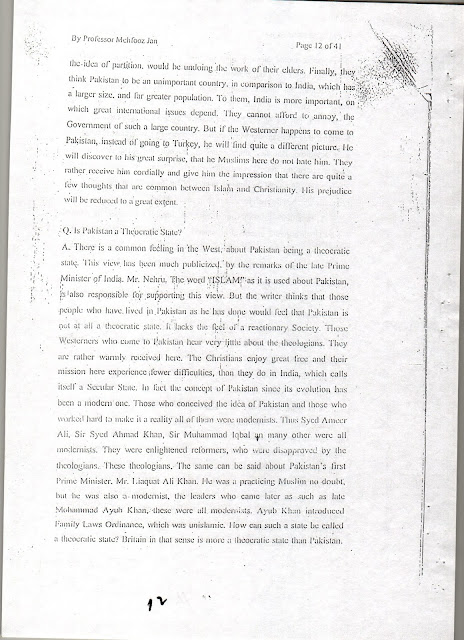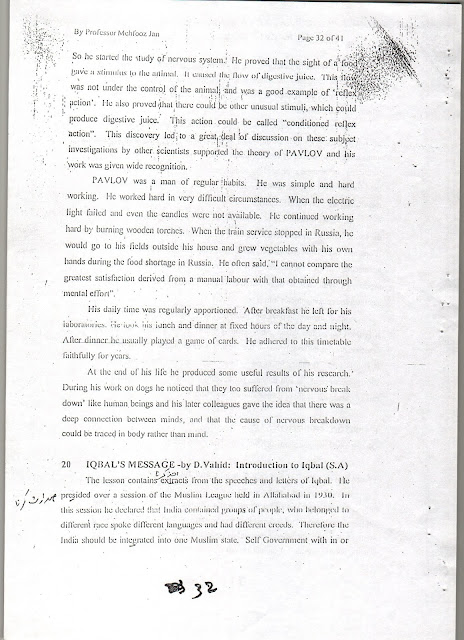EAST AND WEST
PESHAWAR BY J. SPAIN
J. SPAIN VISITED NWRP ON SEVERAL OCCASIONS and had the opportunity of observing closely the Pathans way of life. He developed a deep interest in them and made many friends there. “ Peshawar is an extract, which has been taken from his book on the Pathans. In this article, he has given a vivid description of different important places and streets of the city. The paint charm of Peshawar seems to have a strange fascination for his writer.
On one visit when he comes to Peshawar, he happens to visit Chowk Yadgar and the surrounding places. The sense of a professional “hakim, with a large crowd of idlers standing around him. Attract his attention first. He joins the spectator and watches, the feats of the hakim with great interest. He is amused to see how he is extorting money, from the people by selling anti date against snake bites.
The writer then walks about the streets and reminds himself, how caravans in the past came here, from different parts of central Asia and sold. ba
Their merchandise in the local market. During his visit, he comes across an old man sitting in a garage and patching a tyre who tells him briefly about the old city and especially about “Mohabat Khan Mosque”. His interest in aroused and he decides to see the mosque first.
MOHABBAT KHAN MOSQUE
The old man tells him about its historical importance as how during the Sikh regin the Muslims used to be hanged form its minarets. The writer notes that the mosque is situated in a busy and squalid area, the silversmith makes.
Which is hardly a dozen feet wide? The mosque is a fine specimen of old architecture is dazzling minarets, vast tiled courtyard with a pool in the middle and its grand, structure all these enhance the beauty of the mosque.
The writer ascends one of the minarets through the kind permission of the imam of the mosque from where he has a view of the city. He fined that the roofs of the houses are jumbled together and life is going on merrily.
The sight of a group of men, seen through an open window interests him deeply.
They are drinking tea and enjoying the puffs of the chillum. Through another open window, he notices some women busy at sorting spices and chattering together. The sound of drum and pipes coming through a half-closed window also attracts his attention.
THE TEA STALLS
A VARIETY OF GOODS ARE SOLD IN THE STREETS OF PESHAWAR. Situated among these streets are the tea stalls, which meet the tastes of different people. These tea stalls have more or less burning coal and rocks along both walls for keeping pots and teacups. Although black tea and Kashmiri tea is sold on these shops it is Qahwa, the green tea, which is commonly like by the Pathans.
The writer talks in detail about the process of its saved to the customers at a low price of two-four annas.
He considers it to be a good bargain.
While walking through different streets of the city, he happens to come to the show bazaar of Peshawar. Here he is shown a variety of shoes, which are meant to be used on different occasions.
He then goes to the street of hardware merchants where he notices Different articles, but the knives of Peshawar interest him greatly. He compares them with the knives of Gurkhas and declares that they are equally fine and good.
Peshawar cantonment
The writer then visits Peshawar Cantonment: he says that it was common with the British that wherever they went to India, they built cantonments.
These used to be the centres of all their activities. He praises the posh atmosphere of Peshawar cantonment, which presents a fine blend of western and Pathan culture.
Tags:
English 4th Years













































